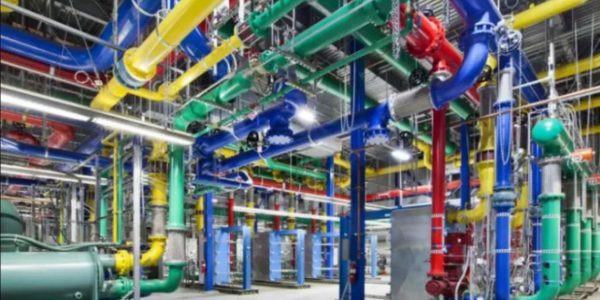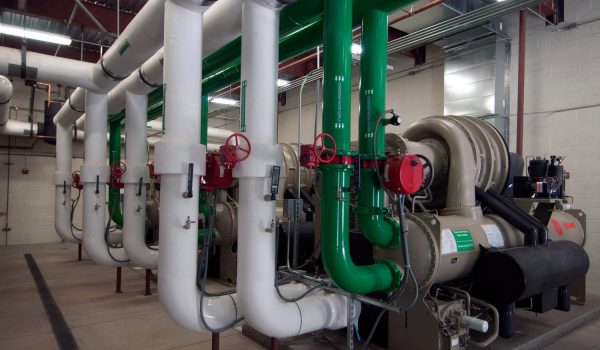MEP (Mechanical, Engineering & Plumbing) engineering is almost every component of the building & construction process. Therefore, it’s important to

Introduction
Schools and other learning facilities depend on quality HVAC units to stay functional and comfortable during each term. Unfortunately, in areas like California, the weather tends to vary greatly each season. For that reason, it’s good to ensure that every school in the state has an efficiently-running HVAC system.
However, you need to note that MEP design for schools is a bit different from other building systems. More notably, there are certain unique considerations you need to take into account when selecting an HVAC system for schools. For instance, you have to consider traffic and student movement through the facility, gym usage, and athletic programs, and so on. Also, you have to remember that schools experience dramatic changes in usage throughout the year due to extended breaks.
That said, let’s look at some configurations and equipment you can use to build the ideal HVAC systems for schools.

Different types of configurations & HVAC equipment for schools
Decentralized systems can be used to provide heating, cooling & air conditioning to zones or individual classrooms. The benefit of this type of HVAC system is that it can heat one space and cool another. Better still, scheduling can be zone-specific, thus increasing the operating cost savings. Moreover, decentralized HVAC systems are easy to maintain and they’re ideal for existing or new buildings.
On the downside, these HVAC systems are stored near or in occupied spaces. For that, maintenance has to be scheduled when the involved zone is unoccupied.
That aside, there are various types of decentralized HVAC systems you can install in schools;
Outdoor air ventilation units
Most decentralized systems require dedicated ventilation systems to draw in fresh air into the building. However, these outdoor air ventilation systems are quite expensive to operate. For that reason, they have to be designed carefully by HVAC experts. Besides, outdoor air has to be conditioned, cooled, and heated depending on the climate and season, hence increasing the school’s utility bill.
Thankfully, the use of proper equipment and good HVAC design for classrooms can reduce this cost by up to 50%. Also, installing energy recovery systems that recycle conditioned air and return it to classrooms will enhance the system’s operating efficiency.
Water-source heat pumps
Water-source heat pumps are highly versatile, making them a great option for different applications. For instance, they are ideal for large & medium schools, retrofit applications, and facilities with large internal zones. In general, this type of heat pump uses water to move energy around the school instead of air. However, they will need an outdoor air system to bring adequate ventilation into the facility. Other than that, they don’t need insulation, which helps to reduce the installation cost.
Unit Ventilators
Interestingly, the unit ventilator is the only HVAC system that’s specifically designed for school buildings. It provides around 100% outside air directly into classrooms. Moreover, these systems have advanced with the HVAC technology, seeing that they currently include modern controls. On top of that, they’ve enhanced design that makes them energy-efficient, cost-effective, and quiet. At the same time, they have sturdy, flexible construction, allowing them to tolerate years of classroom operation.
Fan Coils
Similar to water-source heat pumps, fan coils use piping to distribute energy through the classroom instead of ductwork. However, they require a boiler & chiller plant, and a separate outdoor air system. On the bright side, fan coils have a quiet operation since they don’t need compressors.
A decentralized HVAC system controls individual zones in a building. A centralized system, on the other hand, controls many zones like the gymnasium, or a block of classrooms. More notable, these systems condition outdoor air in a remote area or on the roof and distribute it to the occupied spaces through ductwork.

One drawback associated with central systems is that they’re complicated to install, design, operate, and commission. With that in mind, central HVAC systems for schools include;
Rooftop systems
Rooftop systems provide the same flexibility as air handling units. More importantly, they include a condensing section for independent cooling, eliminating the need for a chiller plant. Also, they provide efficient operation, easy servicing as well as low sound attenuation.
Chiller plants
Chiller plants are either water- or air-cooled. They’re used in combination with various types of HVAC units including air handlers, unit ventilators, and fan coils. Water-cooled chillers provide efficient cooling operation, particularly in larger schools. Also, chillers can be installed with an existing HVAC system for large schools. However, since these units can consume large energy amounts, they must be selected based on cost and serviceability.
Vertical self-contained systems
Indoor vertical HVAC systems are AC units with water-cooled condensers and are usually installed in mechanical rooms. For that, they’re easy to access for maintenance and servicing, without disrupting the students.
Air Handling Units
As the name implies, air handling units bring in outside air, condition it with cooling/ heating and distribute it throughout the facility. For that reason, it’s considered the building block for centralized HVAC systems. Indoor air-handling units are available in various sizes. This allows you to choose the best system based on performance requirements and space limitations. Fortunately, air-handling systems can also be installed on the rooftop to save indoor space.
Conclusion
Regardless of the HVAC system you choose for a school, you should partner with Innodez Design & Engineering. Our HVAC experts will work closely with you to ensure you get the best HVAC design for schools. More importantly, we’ll help you create an optimal HVAC system to help students learn and thrive!
About Author
InnoDez